
Albay Representative Joey Salceda cautioned the government against spreading the distribution of Kadiwa rice too thinly, emphasizing that the program should target areas where rice prices are highly inflated to maximize its impact.
“Don’t dilute Kadiwa’s impact by spreading it too thinly. For Kadiwa to work effectively, it must have enough market share in areas with highly inflated prices,” Salceda said in an interview with GMA News Online.
Affordable Kadiwa Rice
Kadiwa rice, sold at prices ranging from ₱29 to ₱38 per kilo, is significantly cheaper compared to market rates, which can reach ₱60 to ₱65 per kilo. The government has set a maximum suggested retail price (MSRP) of ₱58 per kilo for imported rice.
Kadiwa offers three variants:
- ₱29 per kilo: Exclusively for 4Ps beneficiaries.
- ₱36 per kilo “Sulit Rice”: Made from broken rice grains.
- ₱38 per kilo “Rice-for-All”: Mixed with broken rice grains.
Targeting High-Inflation Areas
Salceda, who chairs the House Committee on Ways and Means, urged the Department of Agriculture (DA) to prioritize Kadiwa rice distribution in regions where artificial price inflation is rampant.
“Not all areas suffer from the same price bubbles. The higher the artificial inflation in an area, the more Kadiwa stores there should be to effectively undercut price manipulators and restore normalcy to prices,” Salceda explained.
Opposition to Expanded Distribution
Salceda expressed reservations about the DA’s plan to sell Kadiwa rice in supermarkets and convenience stores. He warned that this approach could dilute the program’s focus and reduce its effectiveness in addressing localized price surges.
Call for Lower Prices
Salceda also said the ₱58 per kilo MSRP for imported rice remains too high. “Prices should be closer to ₱50,” he said, urging the government to take further measures to make rice more affordable.
Kadiwa rice continues to be a cornerstone of the government’s efforts to alleviate the burden of high food prices, but Salceda insists that strategic distribution is key to its success.

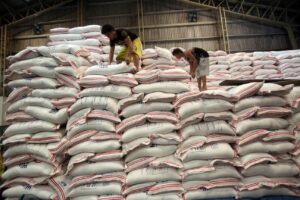
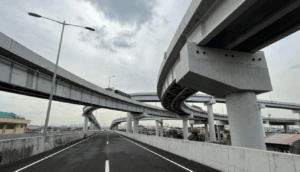

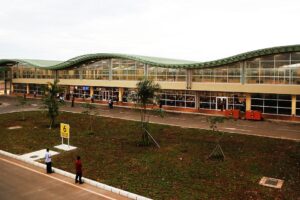



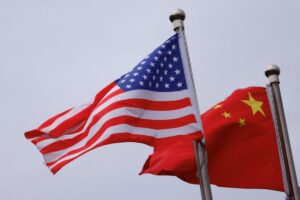



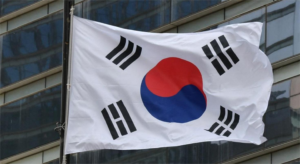








Comments are closed for this article!